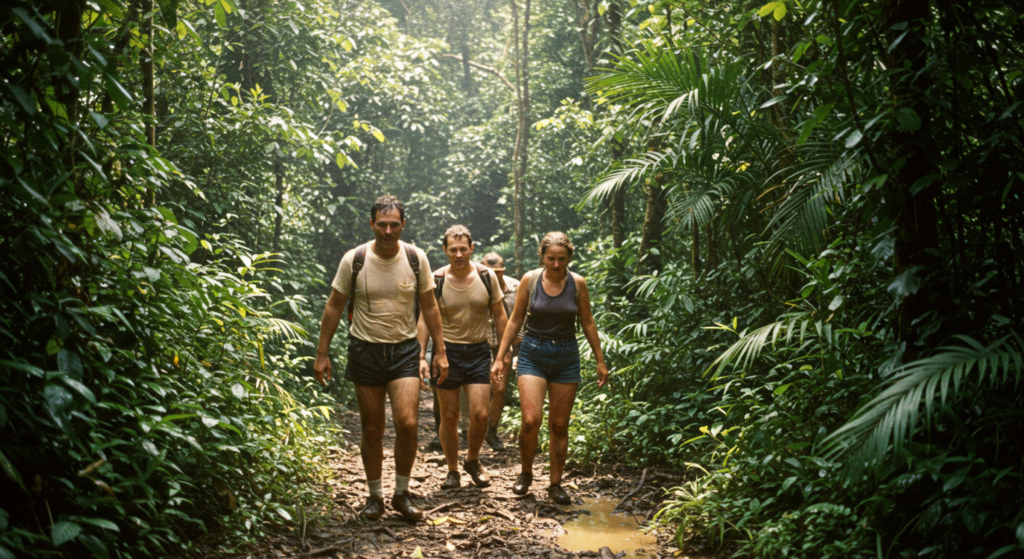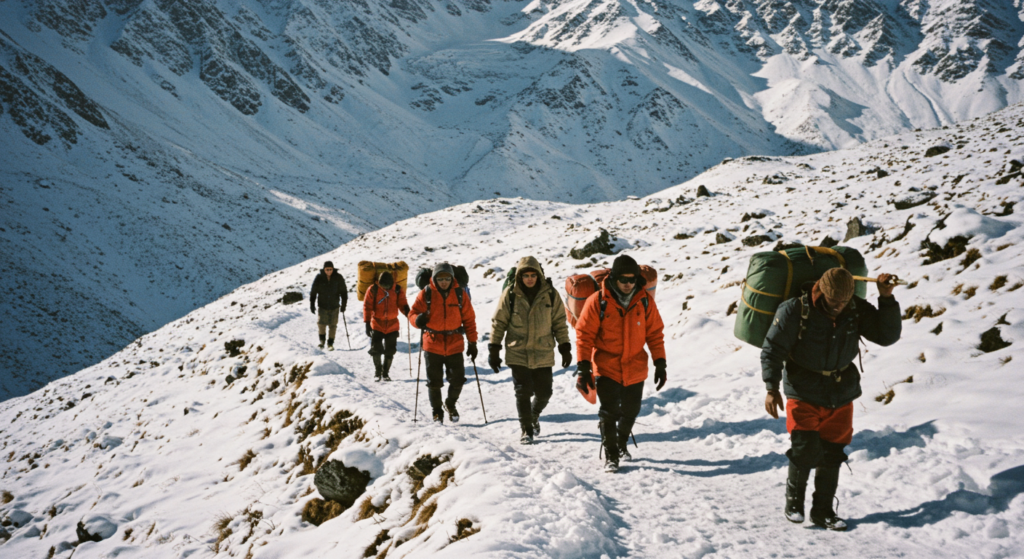The Dark Side of Outdoor Adventure Travel and What the Industry Won’t Tell You
Outdoor adventure travel has surged in popularity as more people seek unique, off-the-grid experiences that promise adventure and connection with nature. Images of pristine landscapes, thrilling activities, and claims of sustainable practices attract millions annually. But beneath this polished façade lies a darker reality, one that the industry often glosses over. From environmental degradation to worker exploitation and hidden costs disguised as “eco-friendly,” the true cost of adventure tourism is rarely discussed.
Let’s pull back the curtain on the less glamorous side of outdoor adventure travel. We’ll explore its environmental, social, and economic impacts, and provide actionable insights into how travelers can make more ethical choices.
The Environmental Toll of Adventure Tourism

Is Adventure Travel Really Eco-Friendly?
The outdoor adventure industry often markets itself as sustainable, yet many popular activities harm the very ecosystems they claim to protect. Adventure tourism contributes significantly to global greenhouse gas emissions. According to a study by the United Nations World Tourism Organization (UNWTO), tourism accounts for approximately 8% of all global emissions, with a large share attributed to transportation and resource-heavy activities.
Trekking in fragile ecosystems, for example, can disrupt local flora and fauna, leaving behind permanent damage. Wildlife safaris, while offering a chance to witness animals in their natural habitats, often encroach on breeding grounds or disrupt feeding patterns. Additionally, overtourism has become a significant issue in iconic destinations like Machu Picchu and Everest Base Camp, leading to severe problems such as erosion, litter, and depletion of local resources.
Despite efforts to implement eco-friendly measures, many of these initiatives are insufficient to counterbalance the impact of mass tourism. Carbon offset programs and green certifications are steps forward, but their effectiveness remains limited without systemic change.
The Exploitation of Local Communities

Are Guides and Porters Being Paid Fairly?
Behind every guided trek or mountaineering expedition are local workers, guides, porters, and cooks, whose labor is essential but often undervalued. Reports reveal troubling exploitation in the adventure travel industry, where workers are underpaid and overworked.
Take Nepal’s trekking industry as an example. According to Travel and Trekking Agency Regulations, many porters in Nepal earn as little as NPR 1,500 (about $11.35), per , despite carrying up to 60 kilograms of equipment over challenging terrains. And few have access to health insurance. This creates a stark contrast between the high fees paid by travelers and the minimal compensation received by those doing the hard work.
The lack of transparency in how funds are allocated often means the lion’s share of profits goes to tour operators, leaving workers with little. To address this, organizations like Fair Trade Tourism advocate for ethical practices, urging travelers to choose operators that provide fair wages, insurance, and safe working conditions.
The Hidden Costs of “Sustainable” Tourism

Why Are Eco-Trips So Expensive?
Many adventure tours are marketed as “eco-friendly,” often with premium pricing to match. While travelers may assume that higher costs reflect a commitment to sustainability, this is not always the case.
The phenomenon of “greenwashing”, misleading claims about environmental benefits, is rampant in the tourism industry. For example, luxury eco-lodges in remote locations often tout their sustainable credentials while relying heavily on imported goods and fossil fuels for operations. Additionally, profits from these ventures frequently benefit foreign investors rather than local communities.
The lack of universally recognized certifications for sustainable tourism exacerbates the problem. Travelers are left to decipher vague claims like “environmentally conscious” or “supporting local communities” without clear evidence. Reputable certifications, such as those from the Global Sustainable Tourism Council, can help distinguish genuine efforts from marketing gimmicks.
The Social Impact of Adventure Travel
Are We Doing More Harm Than Good?
While adventure tourism is often promoted as a way to support local economies, its social impact can be complex and, at times, damaging. The influx of tourists into small communities often creates unintended consequences, including resource scarcity and cultural erosion.
For instance, in areas like Tanzania’s Kilimanjaro region, the increased demand for water by tourists has led to shortages for local residents. Housing prices also skyrocket as accommodations cater to foreign travelers rather than local needs, pushing out long-time residents. Cultural practices, once integral to community identity, are often commodified to align with tourist expectations, eroding their authenticity over time.
Programs that emphasize community-led tourism offer a more ethical alternative. Initiatives where locals retain control over how tourism is managed have been shown to minimize negative effects while maximizing benefits for residents. These programs also provide travelers with more authentic and meaningful experiences, fostering a deeper connection to the destination.
How Travelers Can Make a Difference
What Can You Do to Travel Responsibly?
The good news is that travelers have the power to demand better practices from the adventure tourism industry. By making informed choices, you can help reduce your impact and contribute to more equitable outcomes.
- Research Tour Operators: Not all companies are created equal. Look for operators that provide transparency about their environmental policies and fair treatment of workers. Certifications from organizations like Fair Trade Tourism and Leave No Trace can be helpful indicators.
- Offset Your Carbon Footprint: Participate in reputable carbon offset programs, such as those provided by Carbonfund.org, to mitigate emissions from flights and activities.
- Pack Responsibly: Reduce waste by bringing reusable items like water bottles, utensils, and shopping bags. Avoid purchasing single-use plastics while traveling.
- Support Local Economies: Choose locally owned accommodations and businesses to ensure your spending directly benefits the community. When purchasing souvenirs, opt for authentic, locally made products rather than imported goods.
- Educate Yourself: Take time to learn about the culture, history, and environmental challenges of your destination. Being informed can help you make more respectful and responsible decisions.
The True Cost of Adventure Travel: Is It Worth It?
Adventure travel offers an incredible opportunity to connect with nature, challenge yourself, and explore different cultures. However, it’s essential to recognize the hidden costs behind these experiences. Environmental degradation, worker exploitation, and the greenwashing of “eco-friendly” initiatives are pressing issues that demand attention.
As a traveler, you wield significant influence. By choosing ethical operators, reducing your environmental footprint, and prioritizing community-led tourism, you can enjoy life-changing adventures while supporting a more sustainable and equitable industry. The question isn’t whether adventure travel is worth it—but whether you’re willing to take the steps to make it truly responsible.
